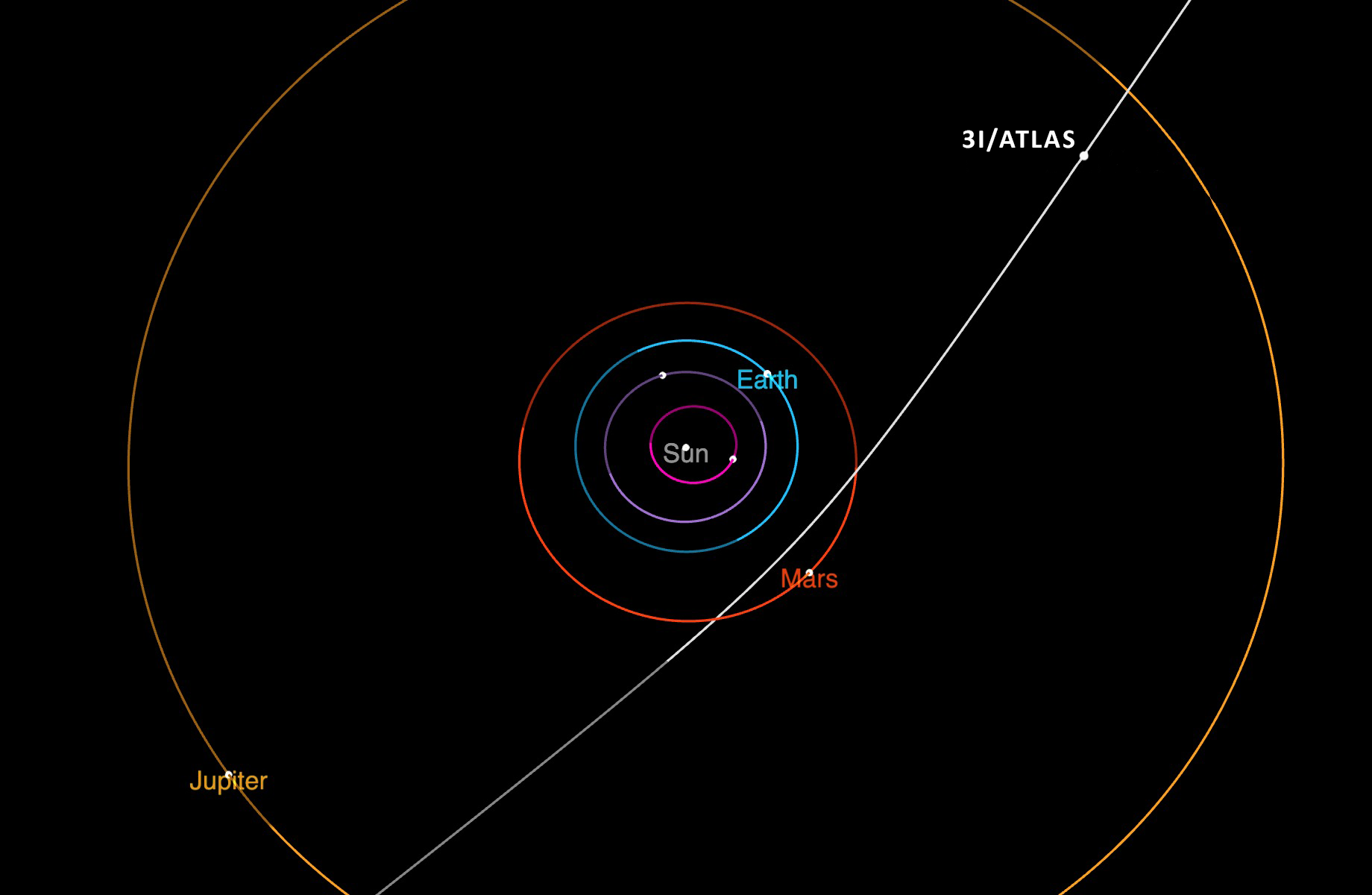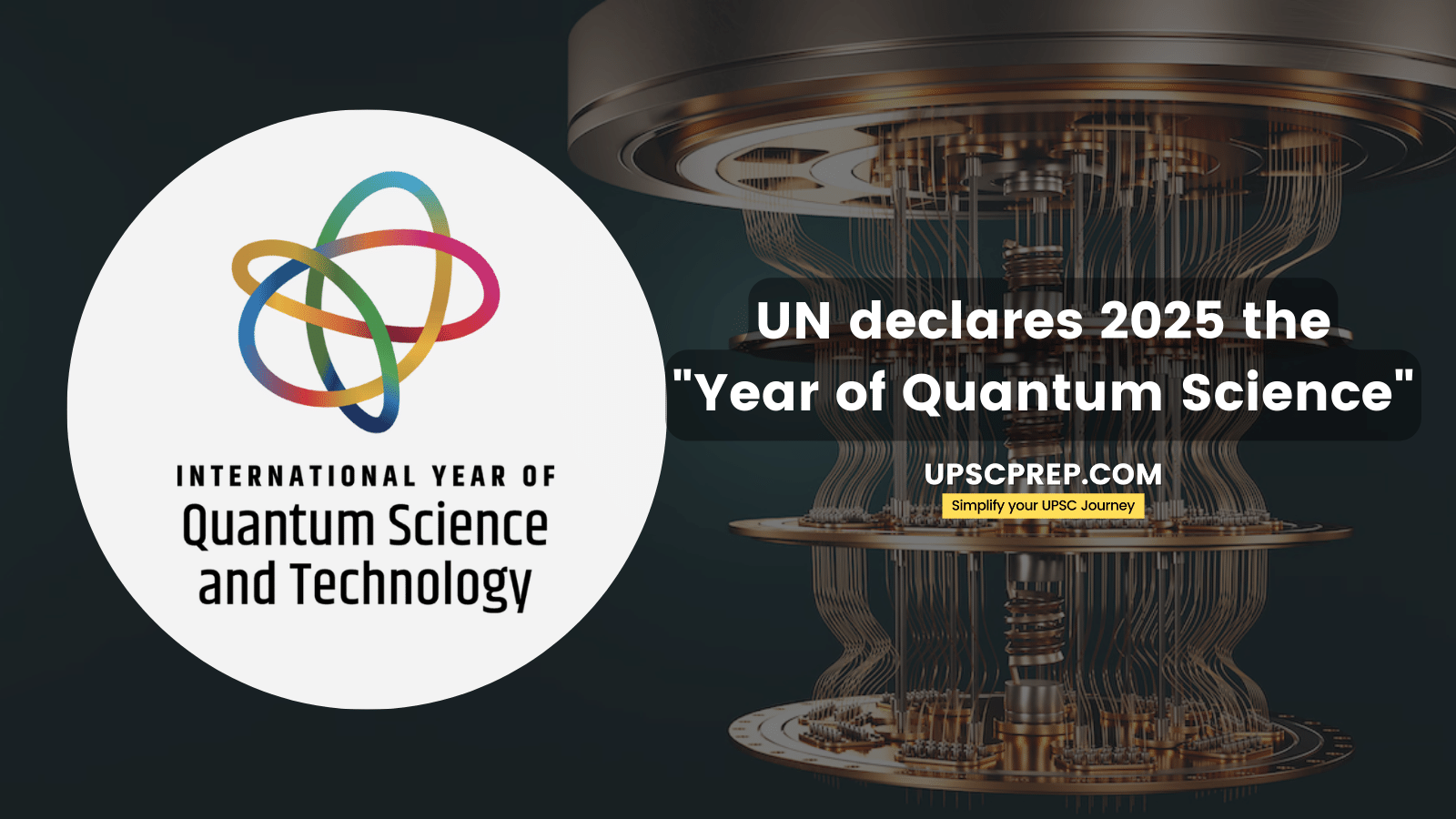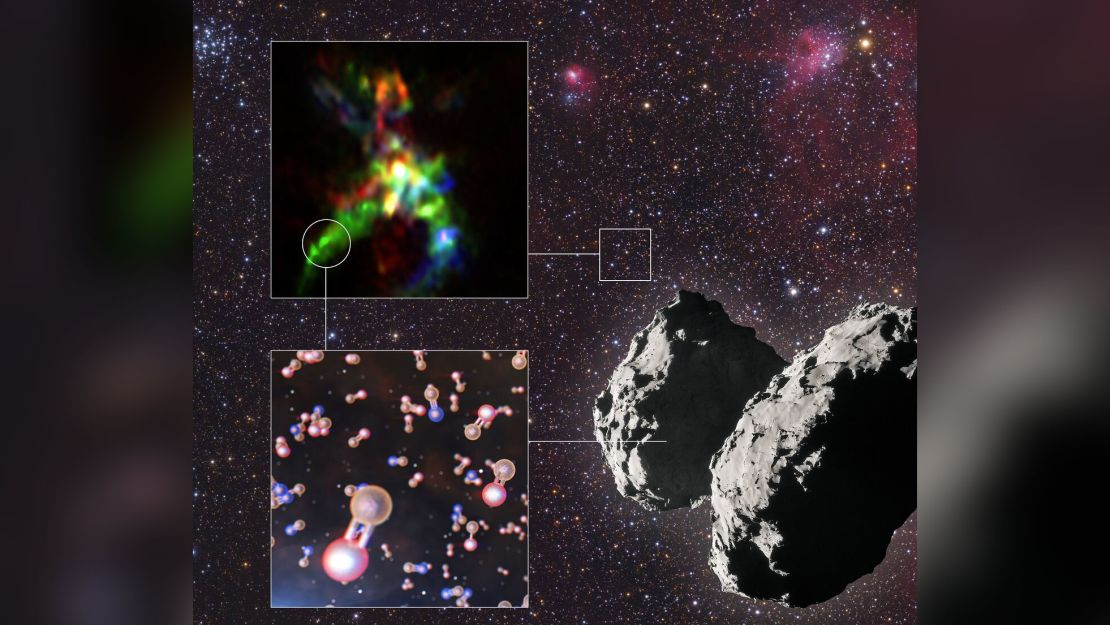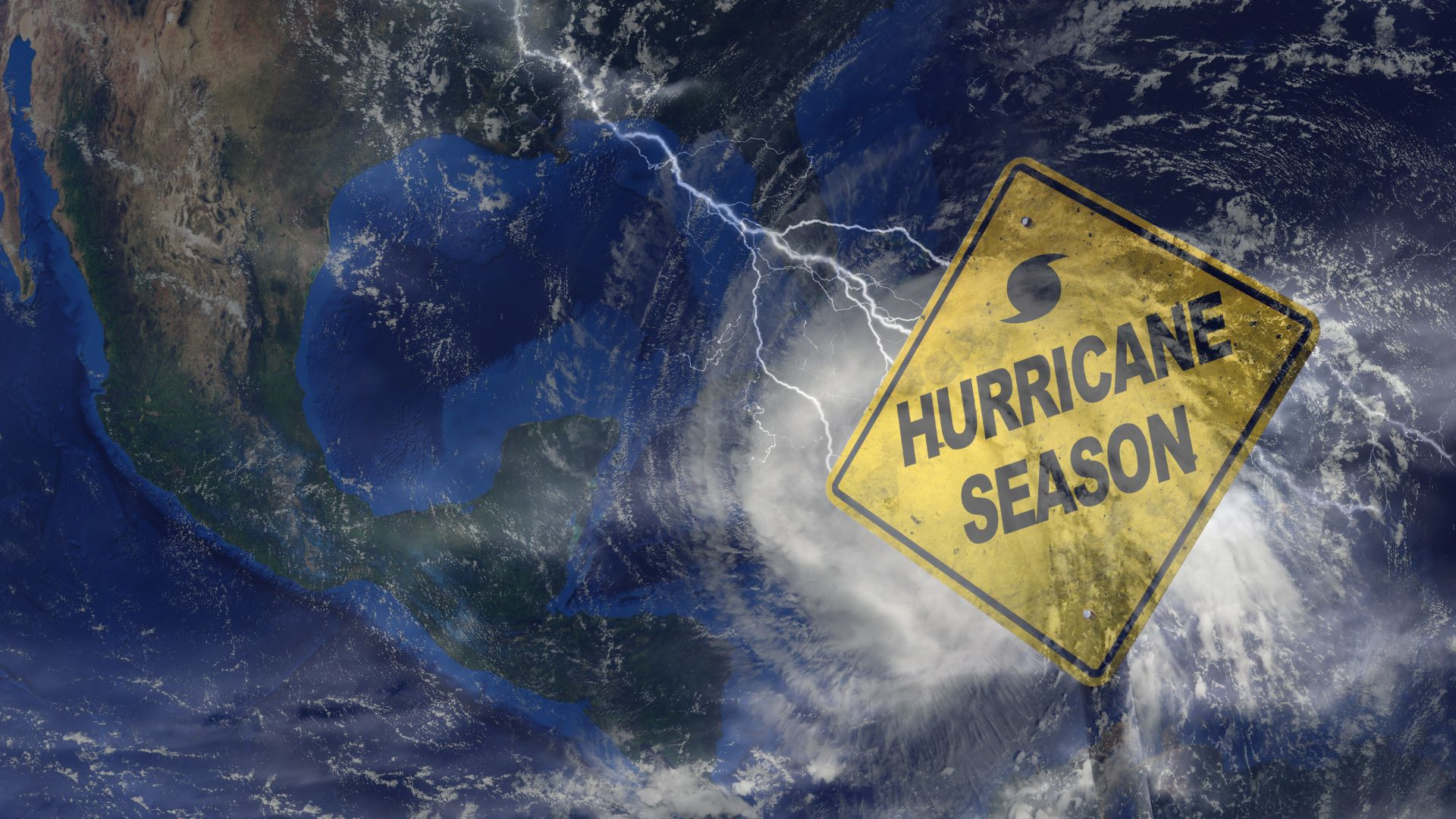
Astronomers Spot First Interstellar Comet of the Decade 3I-ATLAS Opens New Chapter in Solar System Exploration
In a discovery that has reignited excitement in the global astronomy community, scientists have confirmed the detection of 3I-ATLAS, the third known interstellar object and first interstellar comet of the decade to enter our solar system. First observed by the Asteroid Terrestrial impact Last Alert System (ATLAS) in early 2025, this cosmic wanderer has been officially designated 3I-ATLAS, marking it as the third confirmed visitor from beyond our solar system following 1I/‘Oumuamua (2017) and 2I/Borisov (2019).
What sets 3I-ATLAS apart is not only its interstellar origin but also its striking activity. Unlike the cigar shaped, tumbling 1I/‘Oumuamua and the relatively faint 2I/Borisov, 3I-ATLAS has already developed a bright coma and prominent tail, behaving like a classic comet but with characteristics that suggest its chemistry and structure may be vastly different from anything in the solar system.
Astronomers first noticed the comet during routine sky surveys using the ATLAS observatory in Hawaii. The object stood out due to its unusually high velocity and hyperbolic trajectory, both of which indicated it was not gravitationally bound to the Sun. Further analysis confirmed that 3I-ATLAS originated from outside the heliosphere, likely ejected from another star system billions of years ago.
“We’re witnessing a piece of alien material a frozen fragment of a distant planetary system sailing through our cosmic backyard,” said Dr. Marisa Yuen, a planetary scientist at Caltech. “3I-ATLAS is like a time capsule from a part of the galaxy we may never reach ourselves.”
Initial spectroscopy of the comet’s coma revealed rare carbon chain molecules, hypervolatiles such as CO and CO₂, and possible traces of organic compounds not commonly seen in solar system comets. These unusual chemical signatures suggest that 3I-ATLAS formed under very different conditions possibly in a colder or more carbon rich region of space.
Astrophysicists are especially interested in studying its dust grain composition and nucleus structure, which may offer clues about the formation of exoplanetary systems. The European Southern Observatory (ESO), NASA, and other space agencies have mobilized ground based and orbital telescopes to continuously track the comet as it makes its brief but significant passage through the inner solar system.
3I-ATLAS is currently estimated to be about 1.2 kilometers in diameter and is moving at an astonishing speed of over 110,000 kilometers per hour. Its trajectory brings it closest to the Sun (perihelion) in late August 2025, with its closest approach to Earth expected in early September, though it poses no threat of impact. During that time, it may become bright enough to be visible with amateur telescopes and high powered binoculars under dark skies.
One of the most exciting aspects of this discovery is the opportunity it presents for comparative analysis. By comparing the physical and chemical properties of 3I-ATLAS with those of solar system comets, scientists hope to better understand what is universal and what is unique in the process of planetary formation.
Already, some researchers are calling for an urgent mission plan to conduct a flyby or remote sampling via future deep space probes. While the window for such a mission is narrow due to the object’s high velocity and departure trajectory, 3I-ATLAS has added momentum to proposals for a dedicated interstellar interceptor mission, something long discussed by agencies like NASA and ESA.
“This comet is a living message from another star system,” said Dr. Simone Aguilar, a senior researcher at the European Space Agency. “It’s like finding a bottled letter from a stranger drifting across the ocean of space. We have a rare and precious chance to read what it says.”
As 3I-ATLAS races back into the depths of interstellar space, it leaves behind a profound opportunity for scientific discovery and a reminder of the dynamic and interconnected nature of our galaxy. For now, telescopes around the world remain fixed on this cosmic traveler, eager to unravel the secrets it carries from a world we may never see.
Related Post
Popular News
Subscribe To Our Newsletter
No spam, notifications only about new products, updates.












